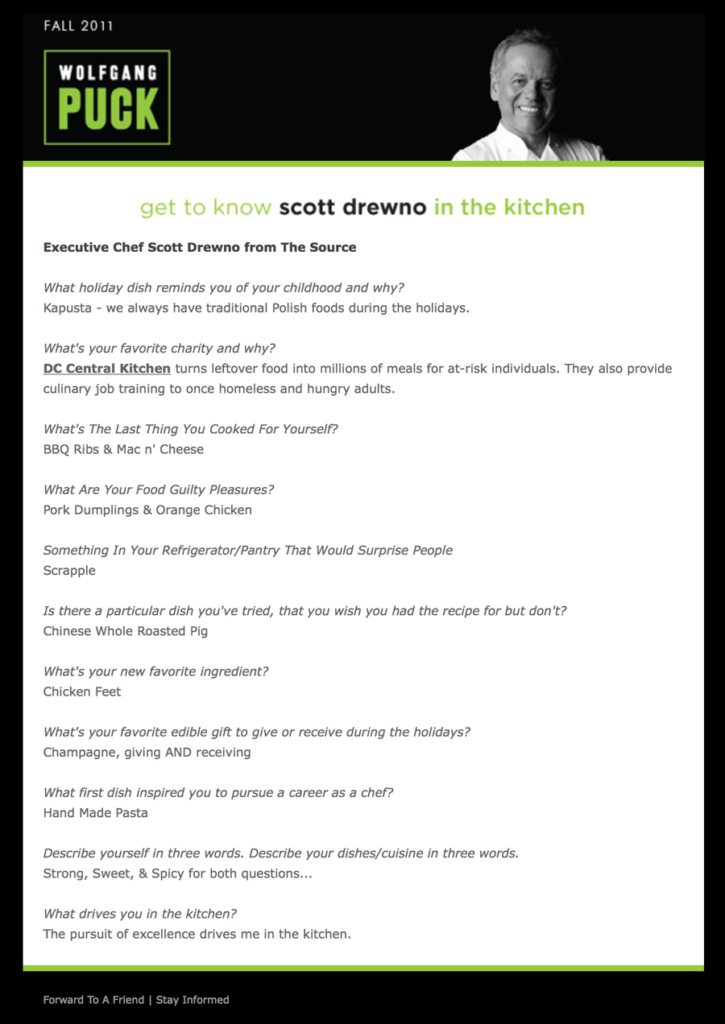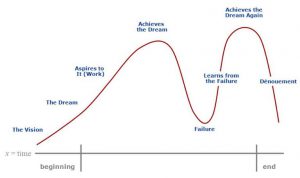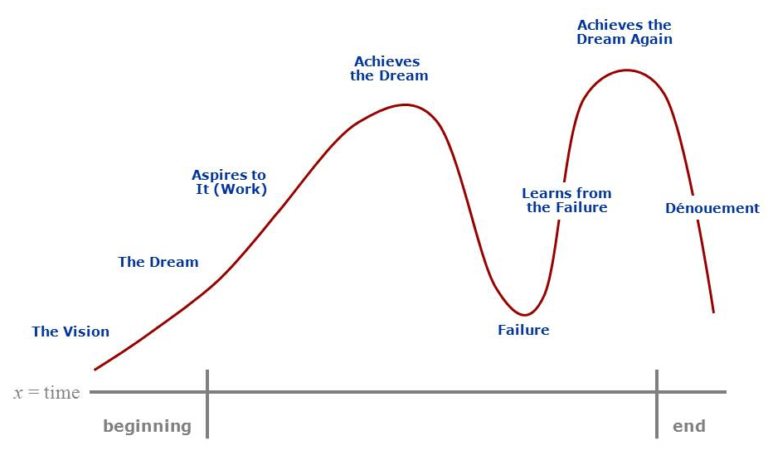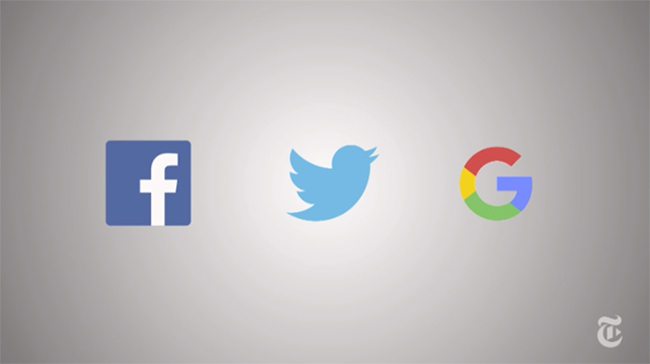Dear “Who Moved My Story,”
I’ve been there.
You’re there now.
Every human being who writes for a company as part of communicating to the outside world has experienced the frustration of seeing his or her copy pruned again and again … and again.
Forget trying to humanize the narrative. You’d be happy if the finalized copy sounded better than an FTC complaint form.
Before going further, I would be remiss if I didn’t address your use of the verb “mutilate.” Yes, the boss has wrecked your copy. One might even say the boss has neutered your copy. But “mutilated” brings with it a premeditated act to mangle beyond recognition. In the spirit of being fair, the action is not premeditated. The boss, however misguided, genuinely believes the changes improve the copy.
Good.
Glad we got that squared away.
Moving along –
The dynamic described in your letter is a tricky one. Let’s start with what the pros from the world of TQC (total quality control) would call “root cause”: Why do the stakeholders who approve your copy exhaust so much energy suffocating the conversational language?
There’s no easy answer to this question.
For the over-40 crowd – I’m in this club, so it pains me to say this – many have been grounded in “me marketing,” convinced the narrative should espouse only the virtues of the company. Some believe audiences compartmentalize, so leave the entertaining to Steven Spielberg and his ilk. Others are simply risk-averse. God forbid you deviate from the corporate-speak handbook, twisting a cliché or crafting a half-way interesting participle. Even a touch of emotion in business communications can scare the beezeezus (and other “stuff”) out of many with sign-off power.
Regardless of your situation, do not feel defeated.
I appreciate this is a tough one. Watching your creative scrubbed week after week after bloody week, it’s easy to tumble into the trap of “delivering what people want” as opposed to what will make a difference. Don’t give in.
The time has come to fight for your storytelling. This doesn’t mean that every line must become the Battle of the Bulge (which didn’t turn out so well for Allied forces). Especially in the early going, pick the spots where you feel very strongly that your path is the right path.
Use these interactions as an opportunity to educate your stakeholders. Share the context that frames your thinking. Even stakeholders from the old school recognize that communicating the same points the same way as your competitors is wrong. Let them read for themselves, again with context, how you’re striving for a differentiated voice.
More than logic, emotion must also be part of these discussions. Allow your passion to come to the fore. Strength of conviction can often be the most persuasive way to win someone over. I don’t know about you, but I’ve been called worse things than obstinate.
That’s half of the equation.
The other half calls for the person who oversees the content creation, the CMO or VP of marketing or perhaps the director of creative services, to champion the storytelling cause with the stakeholders who control copy signoff. He or she should be meeting with individual stakeholders, explaining the “why” behind the storytelling mentality. There will also be times when it makes sense for the content boss to join you in talking with stakeholders, to hear first-hand what you’re up against.
Look, there’s no magic wand that with a single wave everyone lands on the storytelling bandwagon. Like any form of diplomacy, it takes time and a series of interactions – and even then you’ll have one or two stakeholders who refuse to budge.
That’s OK. Don’t allow them to intrude on your happily ever after.
Accentuate the positives.
Celebrate your victories.
Be brave.
Your writing deserves it.
Sincerely,
Lou










 Along this line, Scott comes across as genuine, perhaps even looking to trigger a reaction on the part of the reader:
Along this line, Scott comes across as genuine, perhaps even looking to trigger a reaction on the part of the reader:


 If you’re pounding out news stories for the Daily Planet, the inverted pyramid serves you well. But applying the inverted pyramid to video isn’t going to hold the viewer’s interest, much less prompt hey-you-gotta-check-this-out sharing across social channels.
If you’re pounding out news stories for the Daily Planet, the inverted pyramid serves you well. But applying the inverted pyramid to video isn’t going to hold the viewer’s interest, much less prompt hey-you-gotta-check-this-out sharing across social channels.


 .
.

